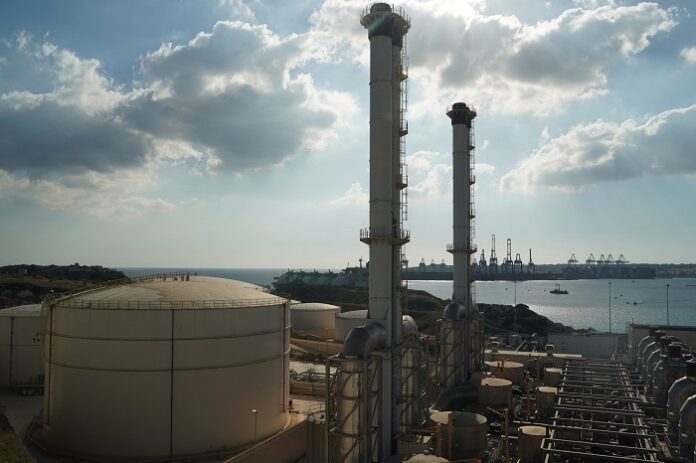India, the fourth-largest importer of liquefied natural gas (LNG), is currently enhancing its natural gas infrastructure by incorporating an additional twenty-four million tons per annum (mtpa) of capacity, constituting approximately twenty percent of the total regasification capacity being expanded in the Asia Pacific region. According to the latest annual report from the Gas Exporting Countries Forum (GECF), India is poised to become the world’s largest growth market for natural gas in the upcoming decade, with China maintaining the top position until 2030.
The report highlights that as of 2022, the Asia-Pacific region boasted approximately 566 mtpa of regasification capacity, with a significant eighty-two percent predominantly situated within the legacy JKT (Japan, South Korea, Chinese Taipei) group, consisting of sixty-four percent and China with eighteen percent. The remaining eighteen percent, including South and Southeast Asia, contributed to the overall capacity.
Among nations, Japan leads with 210 mtpa, followed by South Korea with 139 mtpa, China with 100 mtpa, and India with 40 mtpa. The report further notes that in 2022, construction was in progress for around 121 mtpa of regasification capacity in the Asia Pacific region, with China (74 mtpa) and India (24 mtpa) taking the lead. China accounts for approximately sixty percent of the capacity under construction, while India is responsible for approximately twenty percent of the ongoing development of regasification infrastructure.
India’s gas demand is expected to be met through the expansion of gas pipeline networks and LNG regasification capacity. Projections suggest that Indian LNG imports could double, reaching 39 mt by 2030, and further rising to 80 mt by 2040 and 105 mt by 2050.
As reported by businessline, by 2050, India is anticipated to increase its regasification capacity by 75 mtpa, reaching a total of 115 mtpa, a substantial increase from the existing capacity of 40 mtpa. India is actively targeting a fifteen percent increase in the share of natural gas in its energy mix by 2030.
































